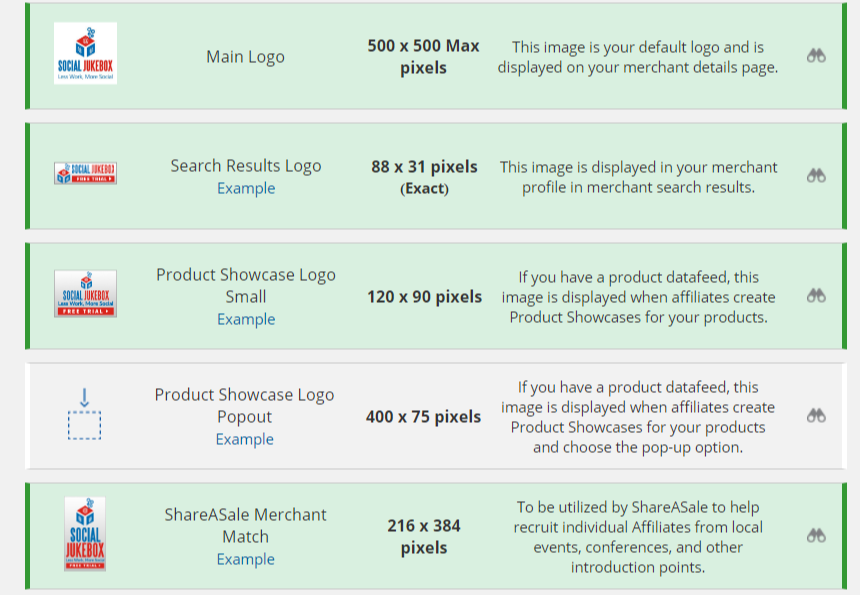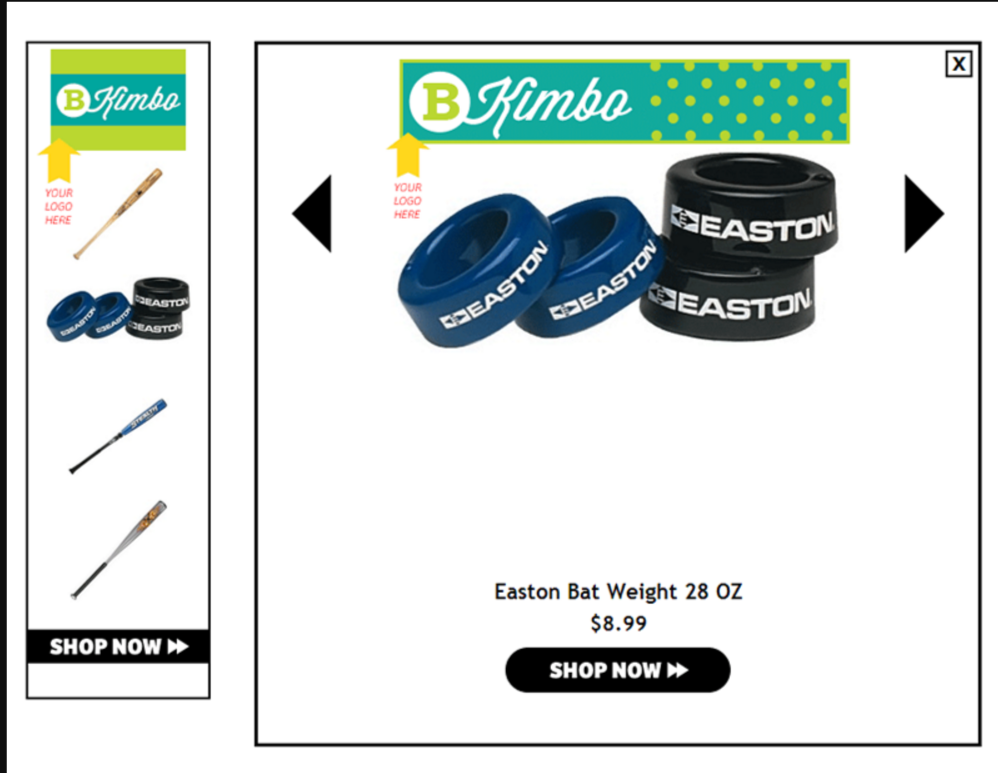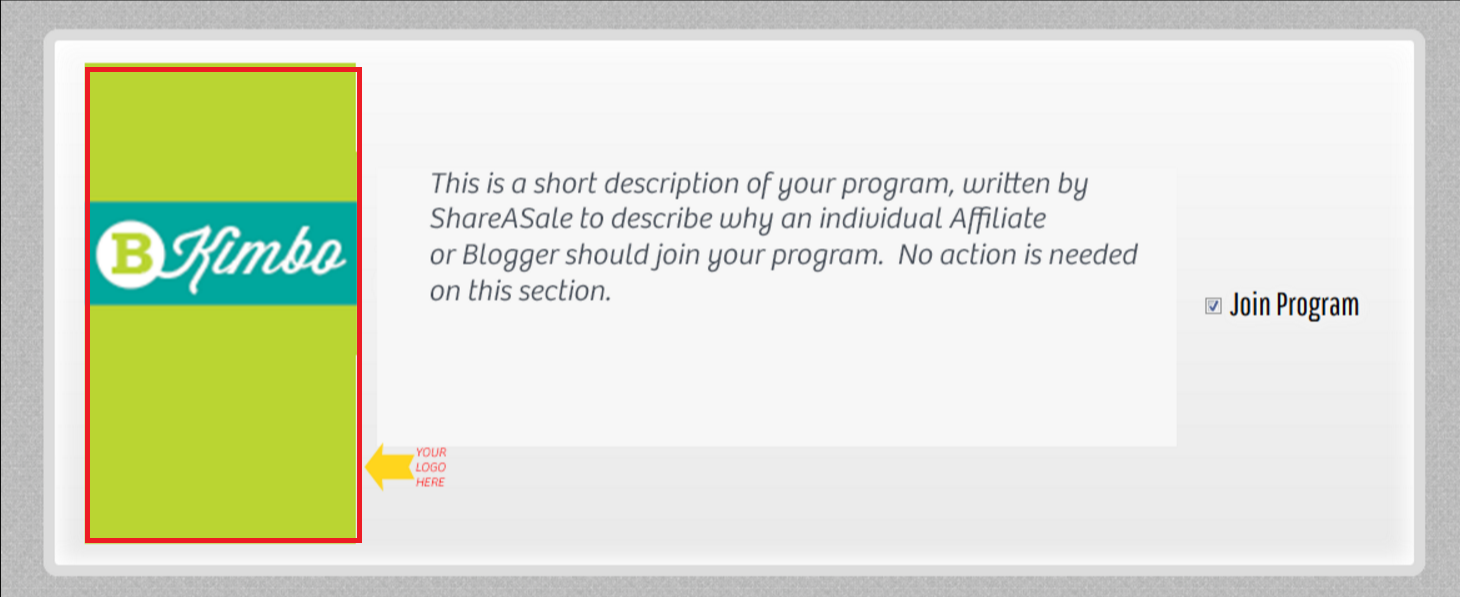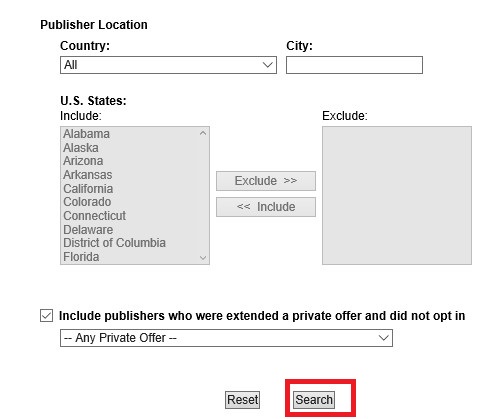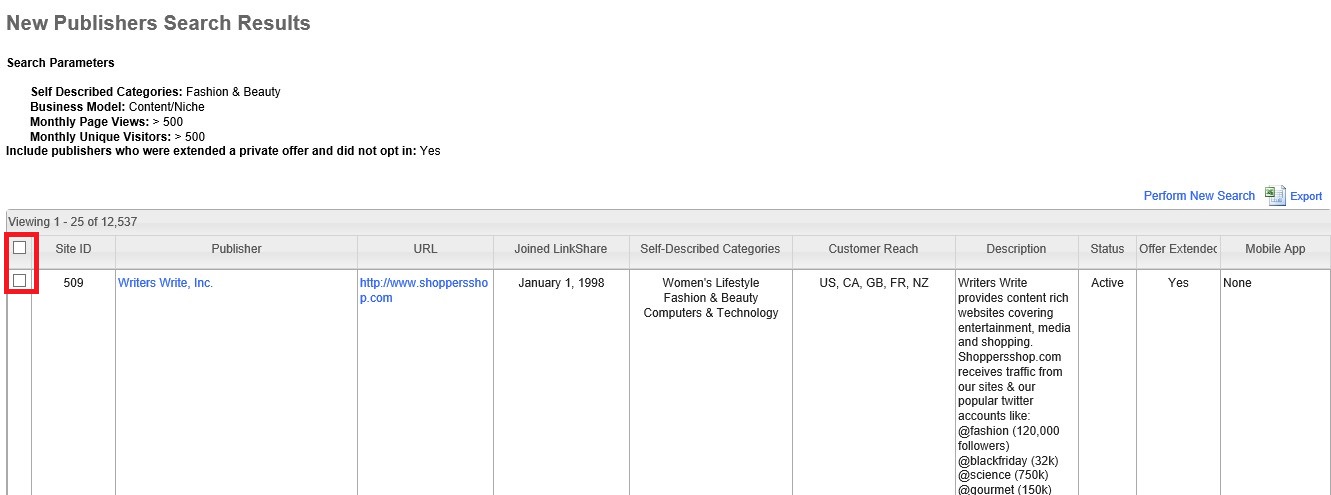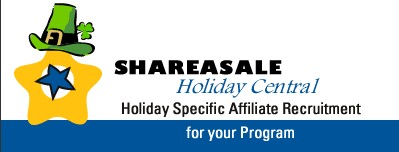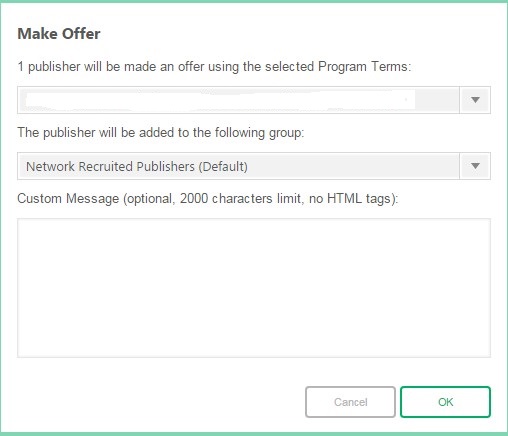What is one of the most important elements to effectively managing an affiliate program? The answer is simple, recruiting new (quality) affiliates. One of the most common themes when speaking to merchants that have under-performing affiliate programs (even ones that have successful ones mention it) is that they cannot find affiliates to promote their products or services. It may be a lack of knowledge on where to find them or they are not willing to put the work in, but either way, locating and successfully recruiting affiliates is a necessary element to any successful affiliate program.
In an article I wrote over three years ago, How to Find Affiliates to Recruit into Affiliate Program, I outlined ways affiliate managers can actively recruit new affiliates into their programs. In this post, I am going to outline ways to  passively recruit affiliates into affiliate programs. What exactly is passive affiliate recruitment? It is a recruiting method when prospective affiliates find a merchant’s affiliate program on their own. Below are 5 ways to passively recruit new affiliates into an affiliate program:
passively recruit affiliates into affiliate programs. What exactly is passive affiliate recruitment? It is a recruiting method when prospective affiliates find a merchant’s affiliate program on their own. Below are 5 ways to passively recruit new affiliates into an affiliate program:
Paid Search Campaigns
Creating paid search campaigns on Google, Yahoo, and Bing are effective ways to get an affiliate program in front of affiliates. Keywords such as “affiliate program” and those of direct (and in-direct competitors) are good ones to bid on. Even keywords related to a specific industry can be effective.
Affiliate Directories
Affiliates use directories to find affiliate programs they want to join, so logically, merchants should include a listing of their program in as many affiliate directories as possible. Many of them are broken down into categories, so locating a program is simple. An example is http://affiliatesdirectory.com
Popular Publications
Placing ads for an affiliate program in popular magazines is a relatively low cost and effective way to get in front of targeted, quality affiliates. FeedFront caters to both affiliates and affiliate managers.
Second-tier affiliates
This is a less frequently used technique but can be effective if done properly. This technique can be used in two ways; first, it can motivate current affiliates and secondly, it can provide great new affiliate partners. Second-tier affiliates are referrals from current affiliates. Typically, current affiliates are rewarded with a bounty (ex. $5 per referral), but also can be paid ongoing commissions from their referrals. The decision is up to the merchant.
Press Releases
Press releases can provide effective recruitment opportunities for many years in the future. Merchants can use press releases to announce the launch of their new affiliate program, milestones reached, partnerships created, but the beauty of it is the SEO value. If properly optimized with relevant keywords they can be successful recruiting tools.
Passively recruiting does not mean to stop actively recruiting, what it means is to use both methods in tandem and maximize the effort to grow an affiliate program to new levels. Many merchants ignore the passive recruiting methods, but successful affiliate programs interweave them into their overall strategy.
